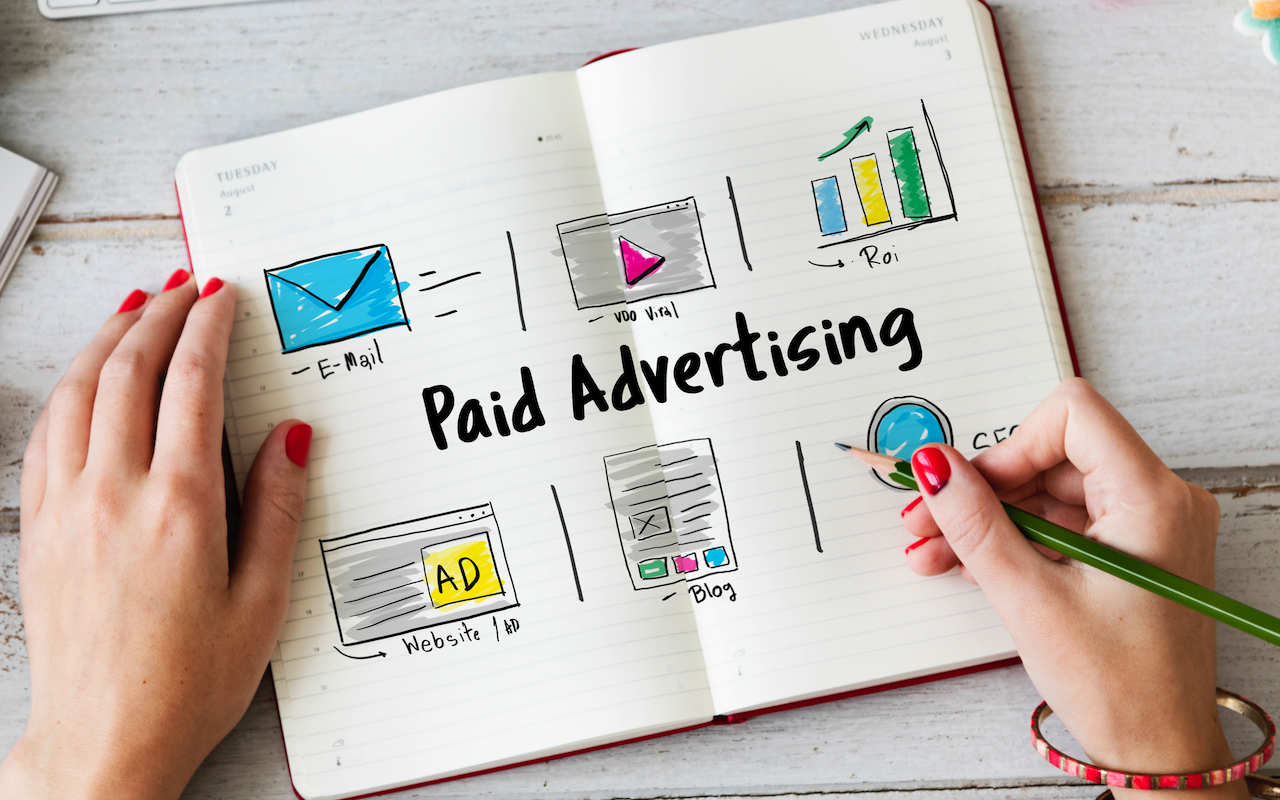
To be successful in the extremely competitive digital world today, you cannot simply rely on running ads—it demands precision, data-driven insight, and creative execution. Winning advertisers don’t rely on luck; they build structured, strategic campaigns that outsmart and outperform the competition. In this guide, we’ll explore proven strategies to create Google Ads that not only drive clicks but also convert leads into loyal customers over the long term.
What Makes a Google Ads Campaign Beat the Competition?
Winning with Google Ads isn’t about guesswork — it’s about strategy, structure, and precision. A campaign that outperforms the competition begins with a clear understanding of your business, your audience, and the digital landscape you’re competing in. Success starts before the first ad is ever launched.
Instead of relying on intuition, use data-driven tools like Google Keyword Planner, SEMrush, or SpyFu to identify high-intent, profitable keywords. This approach ensures that every ad targets users actively searching for your products or services.
Here’s how to build a winning foundation:
- Market Research: Analyze what your competitors are bidding on and where you can outperform them.
- Audience Insights: Understand who your customers are — their demographics, interests, and search behavior.
- Ad Relevance: Align your ad copy and landing pages with search intent for higher Quality Scores and lower costs.
According to Google Ads data, advertisers who invest time in pre-campaign research and strategy see up to 30% higher ROI than those who skip this crucial step.
Crafting a Campaign Structure That Wins
How your PPC campaign is structured can make or break performance. A well-organized account lets you control spending, track results, and improve relevance — three key factors in outpacing competitors.
Rather than using one large, generic campaign, break it into multiple ad groups with tightly themed keyword clusters. This approach improves targeting accuracy, boosts Quality Score, and reduces cost-per-click (CPC).
Effective campaign structure includes:
- Campaigns: Broad categories such as “Online Courses” or “Home Fitness Equipment.”
- Ad Groups: Focused topics like “SEO Training” or “Treadmills for Beginners.”
- Keywords: Terms that directly match user intent.
- Ad Copy: Text that mirrors the searcher’s query and delivers value.
- Landing Pages: Conversion-focused pages with persuasive CTAs.
With this structure, you gain better control over performance and can allocate budgets to the areas that drive the best returns.
Mastering Keyword Strategy to Outrank Competitors
Your keyword strategy is the backbone of your campaign’s success. Winning advertisers balance search volume, intent, and competition to target users most likely to convert.
Focus on long-tail keywords that capture users with strong purchase intent. For example, instead of bidding on “digital marketing,” target “affordable digital marketing courses for beginners.” Long-tail keywords often have lower competition and higher conversion potential.
Don’t forget negative keywords — they’re essential for filtering out irrelevant traffic and saving ad spend for users who matter most. Constantly review your search terms report and add exclusions where necessary.
Writing Ad Copy That Converts
Great ad copy is your first impression — and your opportunity to stand out. The goal is to grab attention, connect emotionally, and encourage immediate action. Ads that combine clarity, urgency, and value consistently outperform generic messages.
Proven elements of high-converting ad copy include:
- Clear Value Proposition: Tell users exactly what benefit they get.
- Strong CTAs: Use action-driven phrases like “Start Today” or “Get a Free Quote.”
- Specific Offers: Add numbers, discounts, or deadlines to increase urgency.
- Ad Extensions: Use sitelinks, callouts, and structured snippets to boost visibility.
Studies show that ads using emotional triggers — curiosity, exclusivity, or urgency — can increase click-through rates by up to 30%.
Optimizing Landing Pages for Maximum Conversions
A click isn’t a conversion — your landing page makes that happen. A winning Google Ads campaign ensures that every landing page reinforces your ad’s message and makes taking action effortless.
To maximize conversions:
- Match the headline and message of your ad.
- Keep CTAs bold, visible, and action-oriented.
- Reduce form fields — simplicity drives more submissions.
- Include trust elements like testimonials, reviews, or security badges.
Landing page optimization alone can boost conversion rates by 35% or more. Always A/B test variations to see which versions perform best.
Track, Analyze, and Improve Continuously
Winning campaigns don’t run on autopilot. The secret to consistent success lies in ongoing optimization. Use tools like Google Analytics, conversion tracking, and A/B testing to monitor results and make informed decisions.
Key metrics to track include:
- Click-through rate (CTR)
- Conversion rate (CVR)
- Cost per acquisition (CPA)
- Return on ad spend (ROAS)
Adjust bids, refine targeting, and test new ad variations regularly. Small improvements over time can compound into major gains in performance.
Advanced Google Ads Strategies That Work
To truly outpace competitors, you need to move beyond basic setups. Use advanced strategies that combine automation, precision, and personalization to stay ahead.
- Smart Bidding: Leverage Google’s AI bidding to optimize for conversions automatically.
- Audience Layering: Combine remarketing with keyword targeting to reach high-intent users.
- Custom Intent Audiences: Target users showing specific purchase signals.
- Dynamic Search Ads: Automatically generate ads based on your website’s content.
- Performance Max Campaigns: Run across all Google channels — Search, Display, YouTube, and more — from a single campaign.
Integrating these tactics allows you to expand reach, improve efficiency, and gain a sustainable edge over competitors.
Measuring Success and Scaling Smartly
Once your campaign achieves steady profitability, the next step is scaling without wasting budget. Expand by testing new ad formats — such as YouTube video ads or remarketing lists — while monitoring performance metrics closely.
Reinvest profits into your best-performing campaigns and audiences. The goal is sustainable growth, not just short-term wins. By scaling strategically, you maintain high ROI and outperform competitors who overspend without optimizing.
Conclusion
Building Google Ads campaigns that beat the competition takes more than basic setup — it demands strategy, structure, and ongoing refinement. By mastering keyword targeting, crafting persuasive ad copy, optimizing landing pages, and using advanced bidding strategies, you can consistently outperform rivals and maximize ROI.
Whether you’re a small business or an established brand, the same principle applies: data-driven optimization wins. Combine creativity with analytics, keep testing, and evolve with market trends — that’s how a true PPC expert turns Google Ads into a long-term competitive advantage.
Becoming your own PPC expert means taking control of your campaign’s data, understanding what drives conversions, and continually improving every element. With these proven strategies, you’re not just competing — you’re leading the field.
Featured Image by Freepik.
Share this post
Leave a comment
All comments are moderated. Spammy and bot submitted comments are deleted. Please submit the comments that are helpful to others, and we'll approve your comments. A comment that includes outbound link will only be approved if the content is relevant to the topic, and has some value to our readers.

Comments (0)
No comment